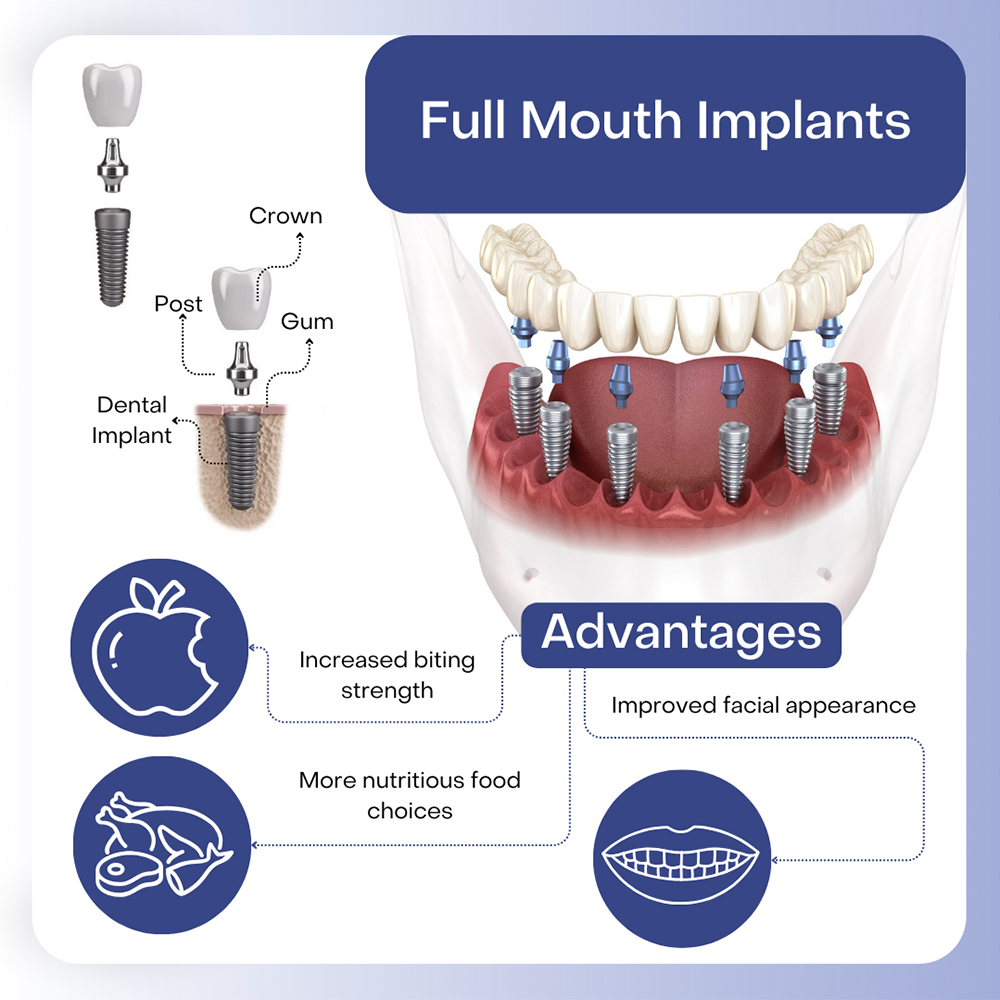The 8-Minute Rule for Dental Sense
Table of ContentsThe Ultimate Guide To Dental SenseLittle Known Facts About Dental Sense.Dental Sense - TruthsGetting The Dental Sense To Work
are medical gadgets surgically dental implanted into the jaw to restore an individual's capacity to chew or their appearance. They supply support for fabricated (phony) teeth, such as crowns, bridges, or dentures. When a tooth is shed because of injury or disease, a person can experience issues such as fast bone loss, faulty speech, or changes to eating patterns that cause discomfort.Oral implant systems are composed of an oral implant body and oral implant abutment and may additionally include an abutment fixation screw. Professional teeth whitening. The dental implant body is operatively put in the jawbone instead of the tooth's root. The oral implant joint is normally affixed to the dental implant body by the joint fixation screw and expands via gum tissues right into the mouth to support the attached synthetic teeth
(https://www.edocr.com/v/djpmklwo/matthewmusic33101/dental-sense)Framework of The Dental Implant System picking oral implants, speak with your dental company about the possible advantages and dangers, and whether you are a candidate for the procedure. Things to take into consideration: Your total health is an important consider determining whether you are a good candidate for oral implants, for how long it will require to recover, and for how long the implant might stay in area.
Smoking may affect the recovery procedure and decrease the long-term success of the dental implant. The recovery procedure for the dental implant body may take several months or longer, during which time you usually have a momentary joint instead of the tooth. the dental implant treatment: Meticulously adhere to the dental hygiene directions provided to you by your dental company.
Fascination About Dental Sense
Implant failure can cause the need for one more operation to repair or change the implant system. Recovers the capacity to chew Brings back cosmetic appearance Helps keep the jawbone from shrinking because of bone loss Maintains the health of the surrounding bone and gum tissues Assists keep nearby (nearby) teeth steady Boosts lifestyle Damage to bordering natural teeth throughout dental implant positioning Injury to the surrounding tissues throughout surgery, such as sinus opening Injury throughout surgical procedure (for instance, crack of surrounding jawbone) Insufficient feature, such as seeming like the teeth do not bite with each other normally An experience that the tooth is loosened or turning in location arising from an abutment screw loosening up Implant body failing (looseness of the implant body) as a result of systemic infection, which might be extra most likely in clients with unchecked diabetics issues due to local infection in bone and gums sustaining the dental implant body because of delayed healing, which may be a lot more likely in people that smoke Difficulty cleaning the periodontals around the dental implant, leading to inadequate dental hygiene Neglected periodontal condition Post-surgical numbness because of nerve impingement or damage Always notify wellness care companies and imaging service technicians that you have dental implants prior to any magnetic resonance imaging (MRI) or x-ray treatments.
FDA is not familiar with any type of negative events reported for MRI or x-ray procedures with oral implants. Oral implants systems are commonly made of products that adhere to worldwide agreement standards of the International Company for Standardization (ISO) or ASTM International. These criteria have information of what makes a risk-free product.

A dental implant is a structure that replaces a missing tooth. With screw-like gadgets, the doctor inserts a dental implant right into the jawbone, and it acts as an anchor for an artificial tooth, called a crown.
An Unbiased View of Dental Sense
Some individuals are not qualified for oral implant surgery. It is for oral specialists to operate people with: severe illnessuncontrollable metabolic diseasebone or soft tissue condition or infectionIf these issues are settled, an individual can have the surgical procedure. In, oral specialists refrain from operating on individuals with: If people with any of the above go through dental implant surgical procedure, there is a greater risk of the implant stopping working.

Oral dental implant surgical treatment is an individualized process. It's not the same for everyone. But the adhering to provides a general review of what you can More about the author expect your dentist, oral doctor, periodontist or prosthodontist to do: Put the implant operatively. Provide you time to heal. Affix the article and last crown, bridge or denture.
Next off, your cosmetic surgeon will very carefully put the dental implant right into your jaw. If your implant is near the front of your mouth, your dentist will certainly make a short-lived tooth for you to use up until you recover.
Unknown Facts About Dental Sense
During the recovery phase, your jawbone needs to fuse to the dental implant. This procedure can take anywhere from 3 to 9 months.
When your implant heals, your dental practitioner can affix the joint (small connector blog post) and your last repair (crown, bridge or denture). This usually takes about one hour to finish and may require a second small surgical treatment. You shouldn't feel any type of pain throughout your oral implant procedure due to the fact that your copyright will use medicine to numb your gum tissues.